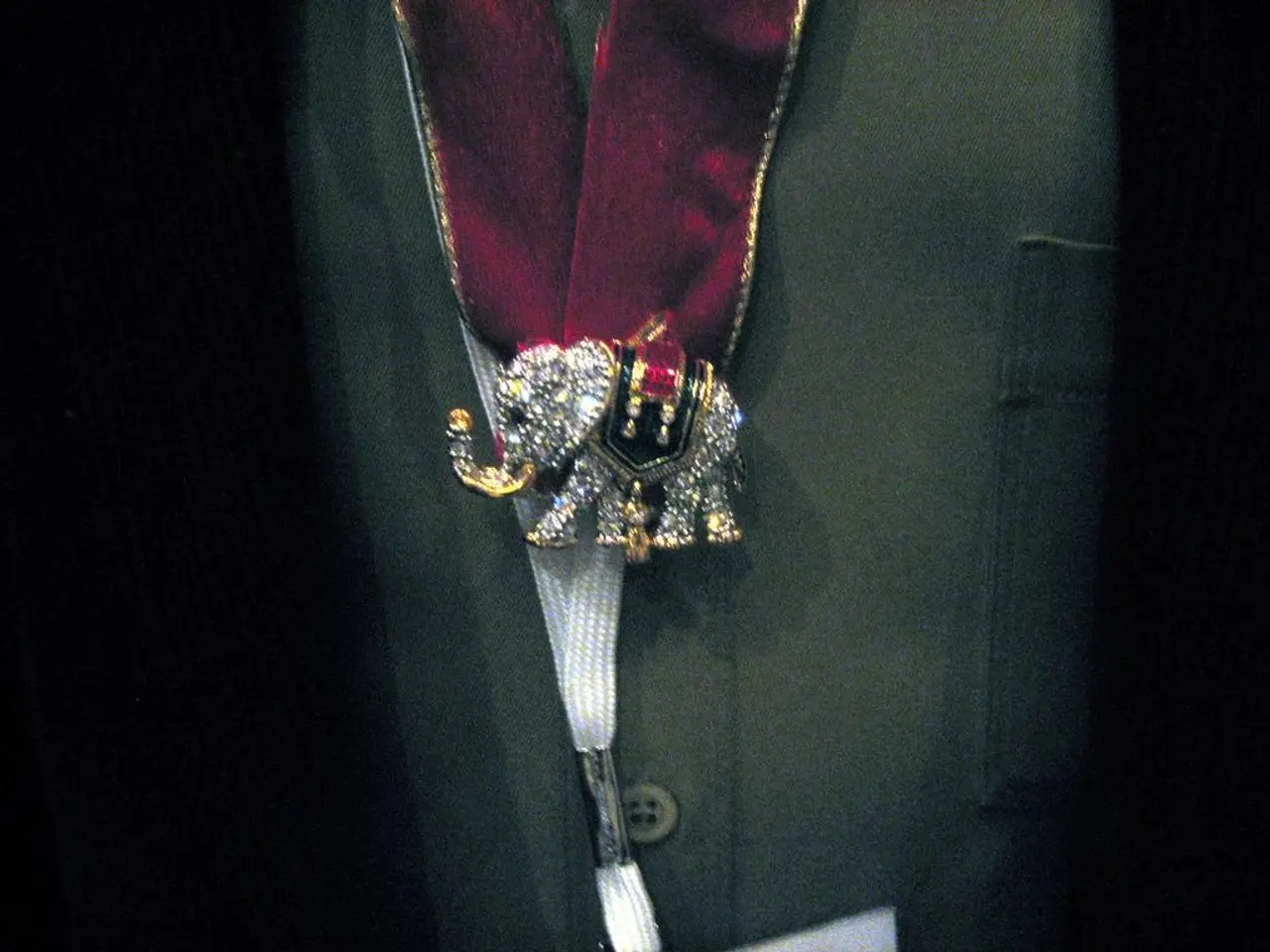Stunning Development: The Innovative Role of Elephant Trunks in Advancing Robotic Design
A French scientist, Pauline Costes, and her team have made a significant breakthrough in the field of robotics. They have measured a maximum pinching force of 86.4 Newtons in elephant trunks, a force far exceeding the force between a human thumb and index finger. This remarkable finding has led to the development of advanced robotic systems known as elephant trunk-inspired robotic arms.
These robots are designed to replicate the flexibility, dexterity, and strength of an elephant’s trunk. They are highly deformable, capable of complex movements such as bending, twisting, and gripping various objects with precision.
Applications in Healthcare
In the realm of healthcare, these flexible, soft structures allow robotic arms to navigate delicate and constrained anatomical environments, improving precision and reducing tissue damage during procedures. They can assist patients with limited mobility by providing gentle but strong gripping functions. Furthermore, their adaptability makes them suitable for navigating intricate biological pathways safely, making them ideal for drug delivery and biopsy tools.
Applications in Industrial Robotics
In industrial robotics, elephant trunk-inspired arms can handle fragile or irregular objects with ease, enhancing automation processes. They can safely manipulate in environments inaccessible or dangerous for humans, whether it's for inspection and maintenance in hazardous or confined spaces or adaptive manufacturing. Their agility enables dynamic interaction with various tools and materials, improving efficiency and versatility in production lines.
Key Advancements
Key advancements in these robots include soft, motor-free designs that mimic muscle-like lattice structures, providing natural, efficient movement without complex motors, increasing reliability and safety. The integration of snake-like slithering motion with trunk-like flexibility enhances versatility in navigating tight or curved spaces. Enhanced strength combined with delicate manipulation capabilities has shown great improvements in both power and precision.
Recent developments from global research teams, such as Northeastern University, UNSW, and Chinese institutions, showcase innovative materials and actuation mechanisms that expand the practical use of these robots in healthcare and industry, emphasizing multi-functionality, adaptability, and safety.
The goal of this research is to develop a robotic device capable of lifting heavy weights, being as delicate as a doctor's hand, and achieving the precision of a surgeon during a delicate operation. It's important to note that this research focuses on the intricate movements of an elephant's trunk, not on creating a robotic elephant.
The results of this research could revolutionize various fields, including medical procedures and industrial applications, by ushering in a new era of precision and versatility in robotics. The study is part of a groundbreaking development at the intersection of nature and technology, aiming to transform the future of robotics.
One interesting fact to note is that one Newton is the international unit for measuring force, and it corresponds to the force that gives a mass of one kilogram an acceleration of one meter per second squared. The elephant's ability to handle objects with extreme gentleness, despite its tremendous strength, is one of the most fascinating aspects of the study.
Read also:
- Exploring the Next Phase in Motor Engineering: The Influence of Magnetic Axles
- Humorous escapade on holiday with Guido Cantz:
- Kia Manufactures Car Accessory Material from Ocean Plastic Collected from the Great Pacific Garbage Patch
- Japan's Unique Roadmap to Carbon Neutrality, Traced from the G7 Summit in Hiroshima








